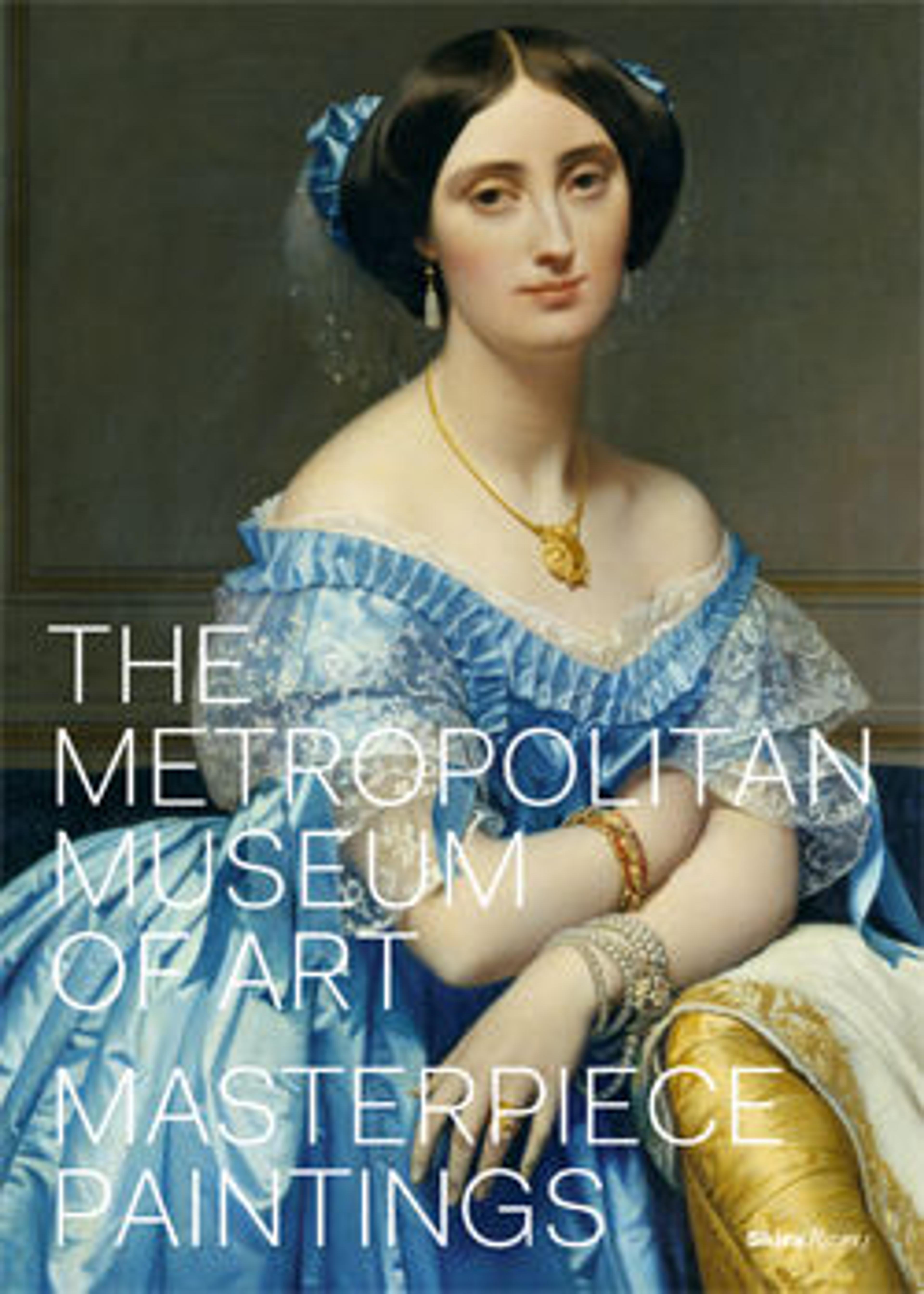Cloudy Mountains
Fang Congyi, a Daoist priest from Jiangxi, traveled extensively in the north before settling down at the seat of the Orthodox Unity Daoist church, the Shangqing Temple on Mount Longhu (Dragon Tiger Mountain), Jiangxi province. Imbued with Daoist mysticism, he painted landscapes that "turned the shapeless into shapes and returned things that have shapes to the shapeless."
According to Daoist geomantic beliefs, a powerful life energy pulsates through mountain ranges and watercourses in patterns known as longmo (dragon veins). In Cloudy Mountains, the painter's kinetic brushwork, wound up as if in a whirlwind, charges the mountains with an expressive liveliness that defies their physical structure. The great mountain range, weightless and dematerialized, resembles a dragon ascending into the clouds.
According to Daoist geomantic beliefs, a powerful life energy pulsates through mountain ranges and watercourses in patterns known as longmo (dragon veins). In Cloudy Mountains, the painter's kinetic brushwork, wound up as if in a whirlwind, charges the mountains with an expressive liveliness that defies their physical structure. The great mountain range, weightless and dematerialized, resembles a dragon ascending into the clouds.
Artwork Details
- 元 方從義 雲山圖 卷
- Title: Cloudy Mountains
- Artist: Fang Congyi (Chinese, ca. 1301–ca. 1392)
- Period: Yuan (1271–1368)
- Date: ca. 1360–70
- Culture: China
- Medium: Handscroll; ink and color on paper
- Dimensions: Image: 10 3/8 × 57 in. (26.4 × 144.8 cm)
Overall with mounting: 10 5/8 in. × 28 ft. 1/4 in. (27 × 854.1 cm) - Classification: Paintings
- Credit Line: Ex coll.: C. C. Wang Family, Purchase, Gift of J. Pierpont Morgan, by exchange, 1973
- Object Number: 1973.121.4
- Curatorial Department: Asian Art
Audio
7607. Cloudy Mountains
0:00
0:00
We're sorry, the transcript for this audio track is not available at this time. Please email info@metmuseum.org to request a transcript for this track.
More Artwork
Research Resources
The Met provides unparalleled resources for research and welcomes an international community of students and scholars. The Met's Open Access API is where creators and researchers can connect to the The Met collection. Open Access data and public domain images are available for unrestricted commercial and noncommercial use without permission or fee.
To request images under copyright and other restrictions, please use this Image Request form.
Feedback
We continue to research and examine historical and cultural context for objects in The Met collection. If you have comments or questions about this object record, please contact us using the form below. The Museum looks forward to receiving your comments.
